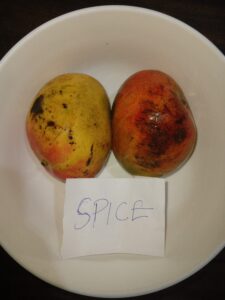The black-eyed pea or black-eyed bean is a legume grown around the world for its medium-sized, edible bean. It is a subspecies of the cowpea, an Old plant pop in Africa, and is sometimes simply called a cowpea.
This vegetable is a decent source of complex starches, fiber, and numerous fundamental nutrients and minerals. One cup or 165 grams of cooked black-eyed peas contains:
- 160 calories
- 0.6 g fat
- 33.5 g carbs
- 5.2 g protein
- 8.3 g fiber
- 5.3 g of sugar
- 10% of the daily value (DV) for iron
- 16% of the DV for calcium
- 15% of the DV for potassium
- 20% of the DV for magnesium
- 24% of the DV for copper
- 15% of the DV for zinc
- 52% of the DV for folate
- 44% of the DV for vitamin A
- 37% of the DV for vitamin K
- 41% of the DV for manganese
Black-eyed pea contains some important source of nutritional benefits and also have the following health benefits listed below:
Supporting Digestion
Black-eyed peas can assist with further developing absorption for certain individuals because of their fiber content, which can assist with advancing customary solid discharges. They also contain prebiotic fiber, which takes care of the useful microscopic organisms in the intestinal system.
It may help maintain a healthy weight
They are a rich source of complex carbohydrates, which require more effort to process than basic carbohydrates. Therefore, individuals who eat them may feel more full, which can help maintain a healthy weight.
Lower Cholesterol
There is evidence that consistently eating vegetables can assist with bringing down LDL cholesterol. Bringing down elevated cholesterol can diminish the danger of coronary artery disease .
Support Eye and Skin Health
Black-eyed peas contain a large measure of beta carotene, which the body converts to Vitamin A. In a single serving, it meets a fourth of a typical adults daily Vitamin A requirement. Vitamin A is important for healthy eyes and skin.
The Beans is a favorite food among Nigerians, who eat them in a variety of dishes including soups and stews or as a standalone side dish.





No comments yet, be the first to leave one!